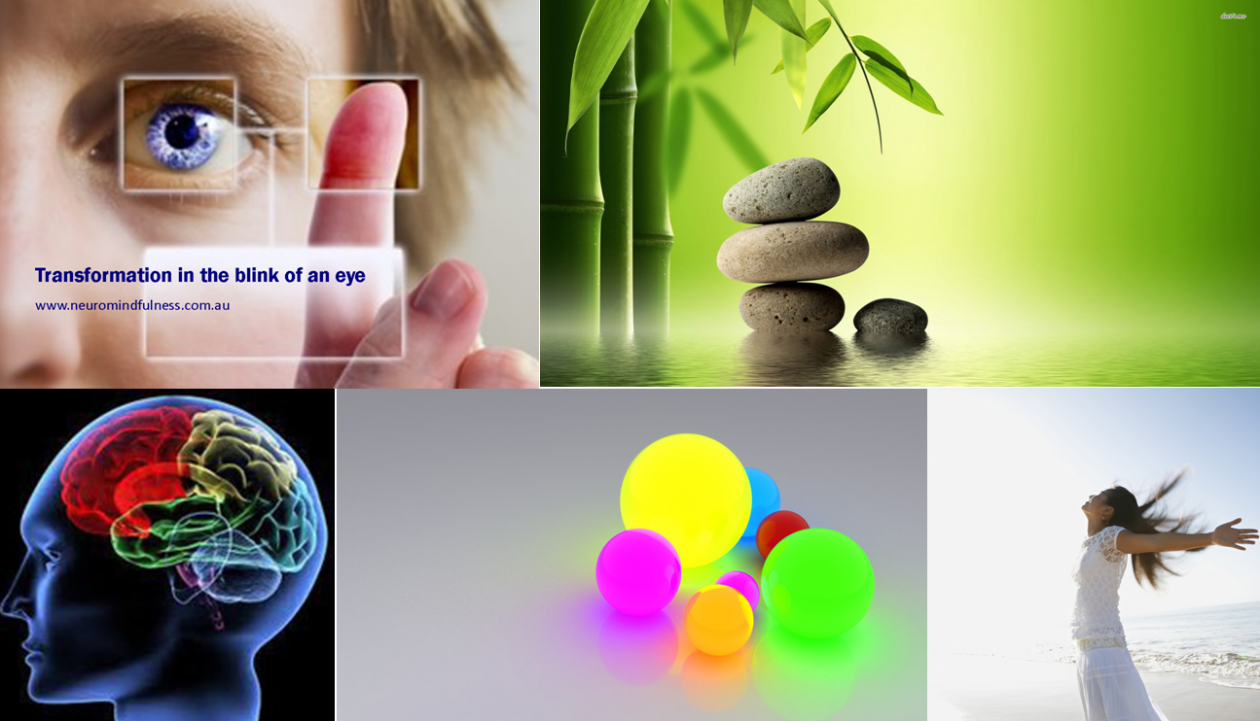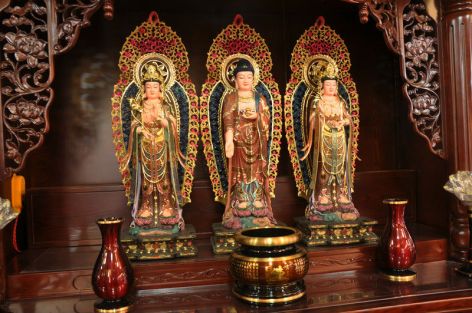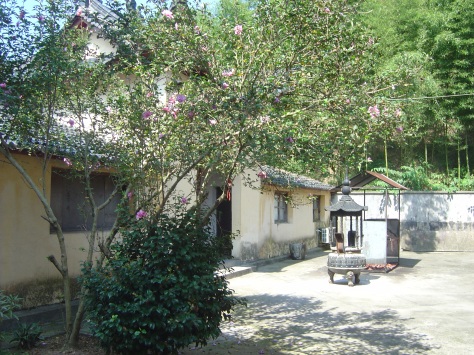
Emergence is the way of nature. A seed falls as a dead pod from a tree. There is an almighty ‘thud’ in that silent microcosm on the garden. The ants who had just moments before had marked out a trail to food by their pheromones have been interrupted as this large pod now blocks their rout. They adapt quickly, make their way around it. In fact, there being a small crack in the seed pod, a couple of scout ants check it out and find the sweet seeds are good for eating. They set to work. This all happens below our level of awareness constantly. Within a couple of seasons, there is new growth where the remaining seeds fell, a new home for insects and a future nesting place for birds. This is emergence.
Order arises out of chaos. Emergence is the interruption of the status quo. It is the essence of change. Within our life, we are faced with constant changes, some small and seemingly insignificant, some huge as in those events which shock and deeply trouble us – loss of a job, physical or mental illness, children leaving home, or the loss of a loved one. These life events are part of the emerging process.
Most of us find it very difficult to cope with change. In fact, most often it is resisted head on. There is one truth about emergence. If we don’t work with it, it will work all over us.
Within emergence are the seeds for order. These seeds are not logical, sequential or predictable, yet new order arises. In an earthquake, for example, people rally to assist, local people immediately help each other, outside organizations come together to assist, new organizations are formed to help with the psychological trauma and grief, new ways of designing earthquake resistant buildings are engaged.
When I was designing the Cloud Thinking process I observed that emergence had two sides to it. One which was dark and dank and the other which was alive with growth and opportunity. The challenge was to dig deeper to tap into the energy of the side off emergence that held hope. I discovered that emergence is not separate from us. It is part of us. Within our story of growth and unfolding are the narratives of survival; the narratives of skills, gathered wisdom, talents and values. By tapping into our stories, we are able to tap into the energy which stimulates strong emergence which we can begin to work with.
The second step is to make meaning of the stories in relation to the problem at hand. It’s through meaning-making, coupled with the stories of hope and wisdom that gives us the material to design a way forward. When I was a monk in China, I had met a husband and wife who were both profoundly deaf. They had been rejected by their families and had come to settle in a poor mountain village. At first a couple of the local villagers gave them a small few meters of earth in which they could grow their own food. It was hardly enough space to feed them. They searched for meaning. They needed more space yet each person in the village coveted their own space. Yet, they acknowledge the small generosity given to them. What if they could reciprocate the generosity? They offered a few meters of their own space where a neighbour could grow some different vegetable. Perhaps they could share vegetables. The two families decided to link their space. Eventually they involved the rest of the village and dreamed of more land to grow watermelons not previously grown but was a good cash crop. Collectively the village asked permission from the local mayor who granted more space. Within a short period, their village became prosperous employing others to help in the harvesting of watermelons. One strategic question opened possibilities leading to innovation and prosperity.
We need not despair when life’s problems beset us. We can choose to resist or we can chose to work with emergence and grow to new heights. Each person is endowed with a spark that when ignited becomes a fire igniting the hearts and minds of many. Life’s chaos can dis-empower you often prompting you to search empowerment from others. But your power is within yourself. Your light is within you. Emergence is the way of nature. Your nature is the way of making meaning of emerging and rising to new life.



 ? Like the click of two fingers that set the spinning top into motion the question shoot shafts of electro-energy into the vast web of neuron pathways as they fire into action. The question stands on the end of an eternal chasm and the specter of fear resists its calling. For short moments, the lure drinks the sweet nectar of then recoils. Don’t you know? Of all the creatures in the universe, only you have the power of the question. Yet blinded by the dazzle neon light and its search for an answer you decide on the illusion of the easy path. For answers are always easy.
? Like the click of two fingers that set the spinning top into motion the question shoot shafts of electro-energy into the vast web of neuron pathways as they fire into action. The question stands on the end of an eternal chasm and the specter of fear resists its calling. For short moments, the lure drinks the sweet nectar of then recoils. Don’t you know? Of all the creatures in the universe, only you have the power of the question. Yet blinded by the dazzle neon light and its search for an answer you decide on the illusion of the easy path. For answers are always easy.



 What if you could see all of life’s problems as launching pads for new possibilities and growth? What if you could quickly access your core strengths as means to solving problems and facilitating change?
What if you could see all of life’s problems as launching pads for new possibilities and growth? What if you could quickly access your core strengths as means to solving problems and facilitating change?